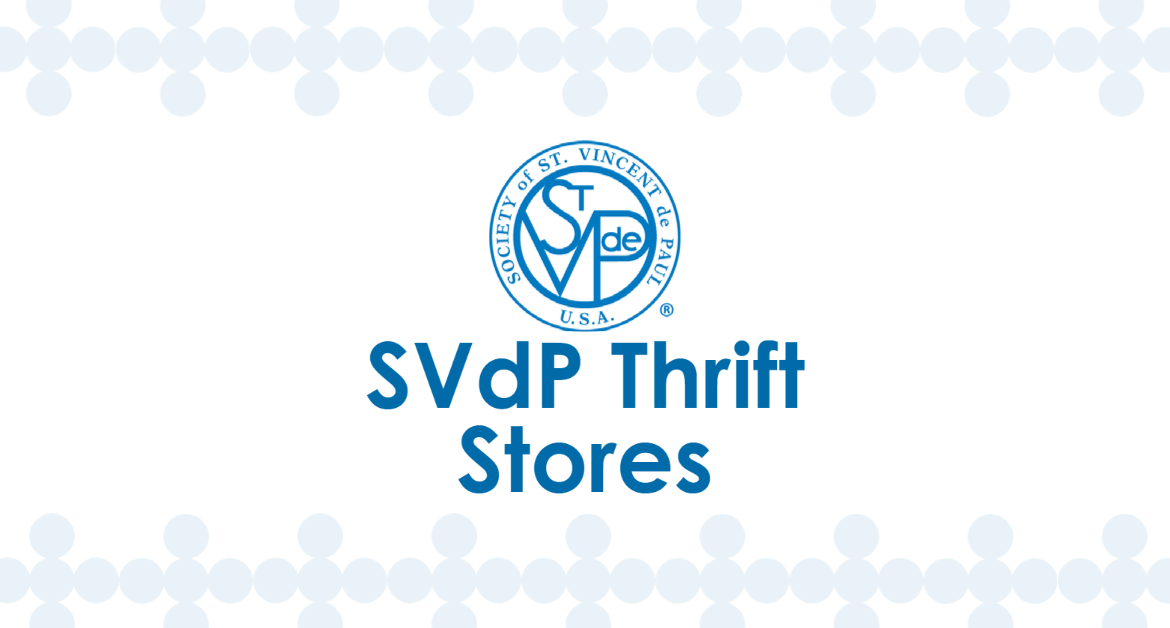Every so often, we review donations coming into our thrift stores. We compare quantity and quality month by month, versus the previous year’s data. After a recent review, we noticed that we were trending in a negative way on thrift store donations, especially in furniture. Numbers were down versus last year’s collections. What’s causing this trend? Is it the economy, inflation and people hanging onto their furniture and clothing longer because of the economy?
How can we improve our current trend?
Then I remembered a former mentor from my corporate retail days, who had great wisdom. One of his favorite sayings was, “think like a customer.” I thought about it and decided to go to the nearest furniture store with some business cards. I talked to the store manager and I was surprised to learn what their customers ask all the time, “Will you take my old furniture once you deliver my new furnishings?” Of course, this furniture store doesn’t and therefore the customer has to either take their stuff to the dump or donate it. I asked the store manager if I could place St. Vincent de Paul business cards by the register in a little stand-up frame with our pickup flyer with information for their customers. The store manager approved and was thrilled to be able to give to his customers an option for their old furniture.
With that win in our pocket, I proceeded to have my team of store managers go to various furniture and appliance stores to see if we could display our pickup information and business cards at their store. My team was pleasantly surprised to see every business embrace this concept and let us display our flyer and cards.
Our furniture donations have turned around in a positive way with this strategy.
Creating a win-win situation is always a great thing. We found a way to improve a negative trend and resolve an issue.
Our mission to support St Vincent de Paul will never end; sometimes it just needs a little innovation.
——-
We hope you are planning to attend the National Assembly in August in Phoenix, AZ.
The National Stores Committee is actively planning for a great program for you.
In addition to our daylong program on Wednesday, we will have opportunities to visit a store and have workshops planned for Thursday. Topics may include small and large store issues like merchandising, budgeting, POS, advertising, training, store layouts, budgeting, staffing, volunteers, productivity, vehicle tracking, E-Comm, loyalty cards and voucher processing, vehicle tracking.
We encourage you to talk to your store managers and leadership about attending the National Assembly. It is a wonderful opportunity to network with and meet others around the country to share best practices.
—-
If you have questions or have a topic for a future Stores Corner article, please email our Director of Stores Support-Jeff Beamguard at jbeamguard@svdpusa.org.




 For our Mattress ad in Pittsburgh, we targeted: 10-mile radius from each store,
For our Mattress ad in Pittsburgh, we targeted: 10-mile radius from each store, For the store’s ad, we targeted specific zip codes around each store.
For the store’s ad, we targeted specific zip codes around each store.
